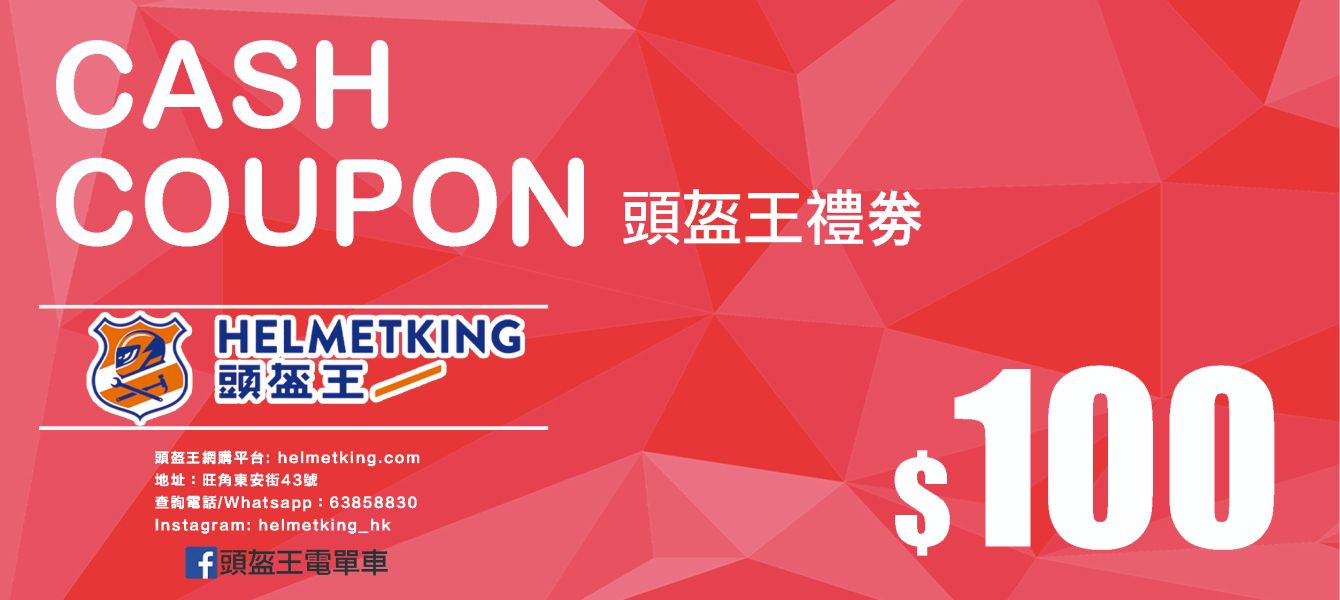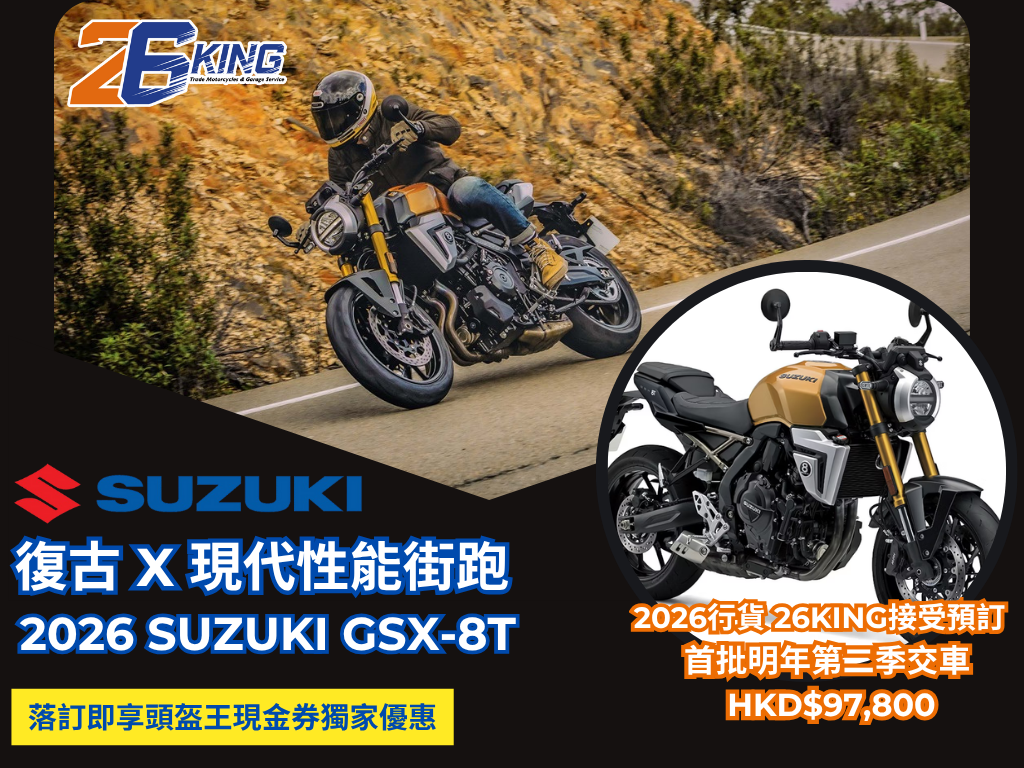
[Knight Completion Plan] Retro Street Sport: 2026 Suzuki GSX-8T
on 2025-10-18
2022-02-07
I believe that riders with a little experience will start to pay attention to the safety standard certification of the helmet when purchasing a new helmet. However, safety standards and testing standards vary from country to country. Which safety standard is the safest? Helmet King sorted out the four most common helmet safety certifications in Hong Kong today, and evaluated the stringency of each standard for you!
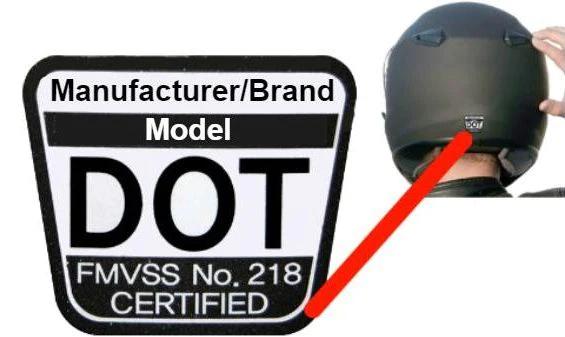
The safety specification that I will introduce to you first is the most common DOT . DOT is the abbreviation of the US Department of Transportation (Department of Transportation). It is conceivable that this specification is the specification certification issued by the US Department of Transportation. Helmets that do not pass the DOT specification cannot be sold in the United States.
The difference between DOT specification certification and other specification certification is that it adopts an independent certification system, which means that manufacturers "self" test the different requirements promulgated by the US Department of Transportation instead of sending products to certification testing departments for third-party testing . However, the U.S. market is huge, and the U.S. Department of Transportation will also randomly inspect products. Those who fail to pass the test will be banned from sale and severely fined by the U.S. government. Therefore, generally reputable helmet brands are unlikely to do so casually. As long as the helmets purchased under normal channels have DOT certification, it is still a relatively reassuring guarantee. Products of brands such as ZEUS , SOL , CHIEF under Helmet King have passed DOT certification.
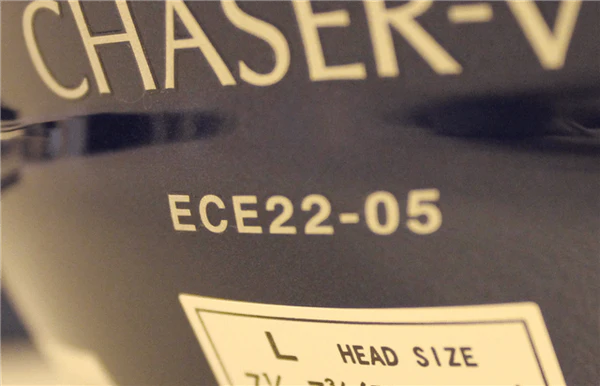
Let me introduce to you the European ECE certification. ECE is a certification issued and issued by the Economic Commission of Europe ( Economic Commission of Europe ) under the United Nations . All helmets sold in Europe must pass the ECE certification. ECE has more testing items than DOT, but many items do not include the common puncture test in other certifications. The ECE 22.05 standard is recognized by the FIM (International Motorcycle Racing Association). It is a safety specification that can be used in MotoGP, the highest racing event in motorcycling. It can provide sufficient safety protection in extremely high-speed events. It can be said that there is no need to worry about using it on general roads with a lower limit. It is worth mentioning that ECE 22.05 has a history of nearly 20 years, and ECE 22.06 , which has been more stringently tested, just hit the road recently. If you see a helmet certified by ECE 22.06 in the future, you can buy it with confidence. SCORPION , which is represented by Helmet King , and other European brand products such as AGV and NOLAN , have passed ECE 22.05 or higher certification.
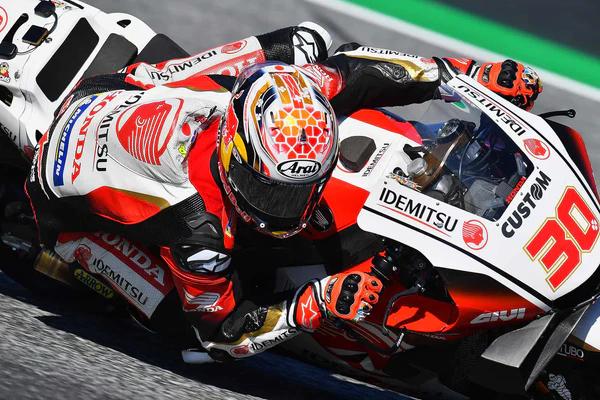
The third introduction is the Japanese JIS certification that is closer to us . JIS is the abbreviation of Japanese Industrial Standards (Japanese Industrial Standards). JIS has two specifications for helmet certification: " Type 1 " and " Type 2 ". "Type 1 " is limited to vehicles below 125c.c. , and the safety standards are relatively loose. " Type 2 " is a specification certification that can be used by all motorcycles. Only open-face and full-face helmets are accepted for certification, and the standards are relatively high. And the two types of certification, the helmets that have passed the two types of JIS certification are also approved by FIM and can be used on the MotoGP track, which is a guarantee of excellent safety. Among the products of Helmet King, the full-face helmets of Japanese brands such as SHOEI , ARAI , OGK KABUTO , etc. have passed JIS 2 certifications.

The last one to introduce is the SNELL safety certification approved by the SNELL Foundation. The SNELL Foundation was established to commemorate the racing driver William “ Pete ” S nell who died on the track due to the quality of the helmet. The manufacturer must take the initiative to send it for testing to get certified. The SNELL Foundation will purchase certified helmets on the market for random inspection and re-test, and will adjust the inspection standards every five years to ensure that the certification is updated with the times, which shows its rigor. SNELL is the most stringent of the above-mentioned specification certifications . Most of the helmets that can obtain SNELL certification are top-level caps of various brands and products for track use. SHOEI X-14, which is the best seller of Helmet King, and some hats of ARAI and X-LITE brands have all passed SNELL certification. It is worth mentioning that SNELL does not accept soda caps for testing, so there will be no soda caps certified by SNELL on the market.
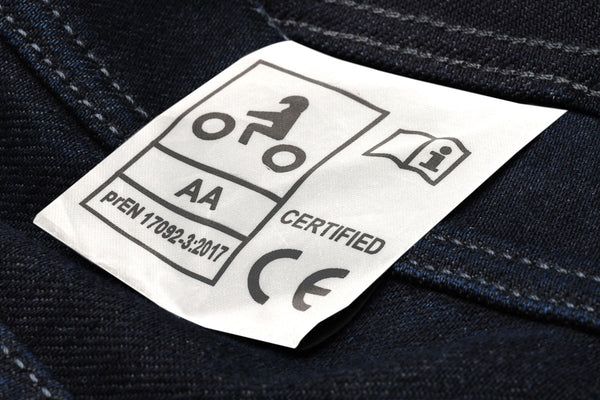
There are many safety standard certifications for helmets, and countries also have their own certification standards, but in terms of knight equipment, there is only one CE certification currently on the market. In fields other than motorcycles, we can see the logo of CE certification, because CE certification is not exclusive to the field of motorcycles, but a certification that must be passed for all products sold in the EU region. For various knight products (such as: anti-fall jacket/pants protector, gloves, etc.), there are corresponding CE certifications. In CE certification, it is divided into Level 1 and Level 2. Level 2 has stricter safety standards and can provide better safety protection for knights.

To sum up, the safety of the various safety certifications mentioned above can be arranged from low to high as follows: DOT<ECE 22.05 ≈JIS 2 types<SNELL. Among them, the two safety standards of ECE 22.05 and JIS can actually meet the safety needs of races with a speed exceeding 200 km/h, or even close to 300 km/h. It is definitely more than enough for use on ordinary roads. The above certifications can be said to be very reassuring. Since the DOT specification adopts the independent certification of the helmet manufacturer's brand, it is difficult to guarantee that the harmful sheep will fish in troubled waters. Therefore, if the helmet you purchased does not have a higher-level safety certification than DOT, Helmet King will suggest that you first confirm that the helmet brand or purchase channel is trustworthy. Finally, Helmet King would like to remind everyone to remember to buy authentic helmets from reliable channels. Otherwise, if you originally wanted to buy a helmet with a high-level safety certification design, but in the end you bought a fake one, you will still not be able to enjoy the expected safety standards. As for how to avoid buying fake helmets, you can refer to the following article— How to identify and avoid buying fake helmets with four key points!

on 2025-10-18
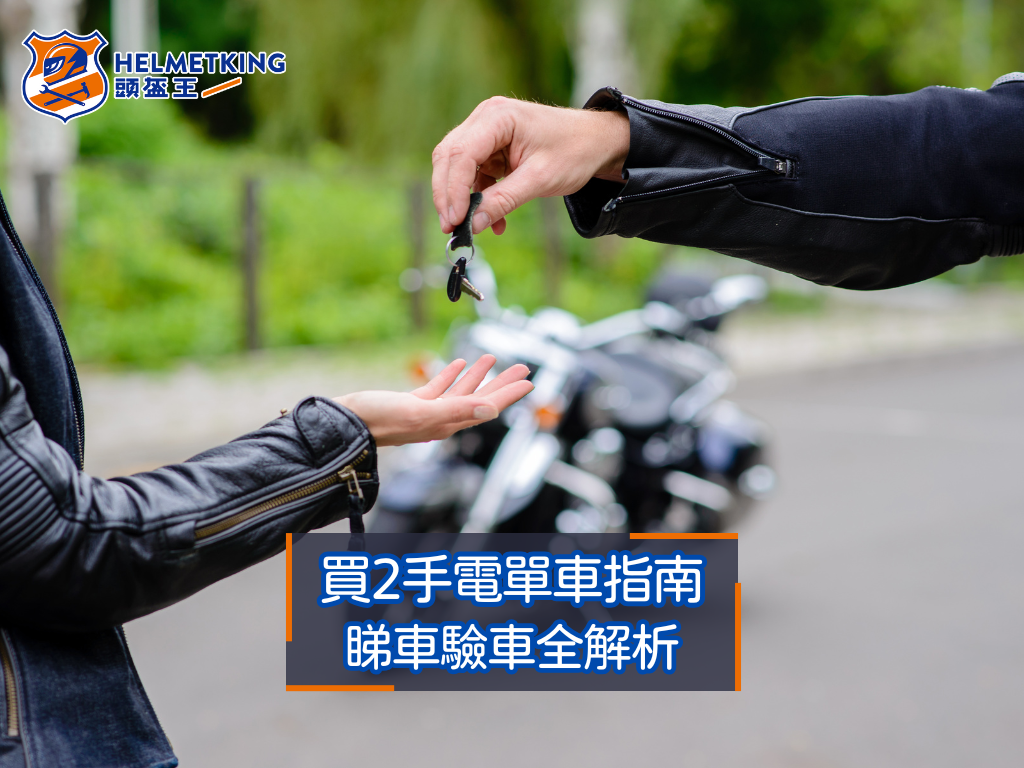
on 2025-10-15
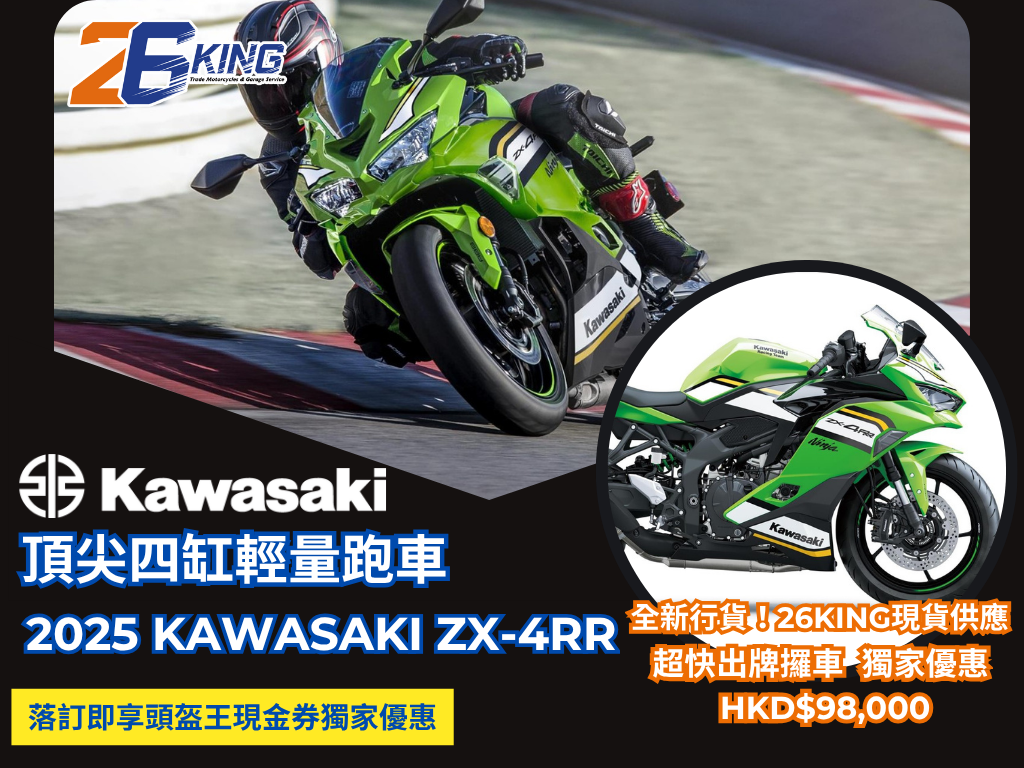
on 2025-10-09
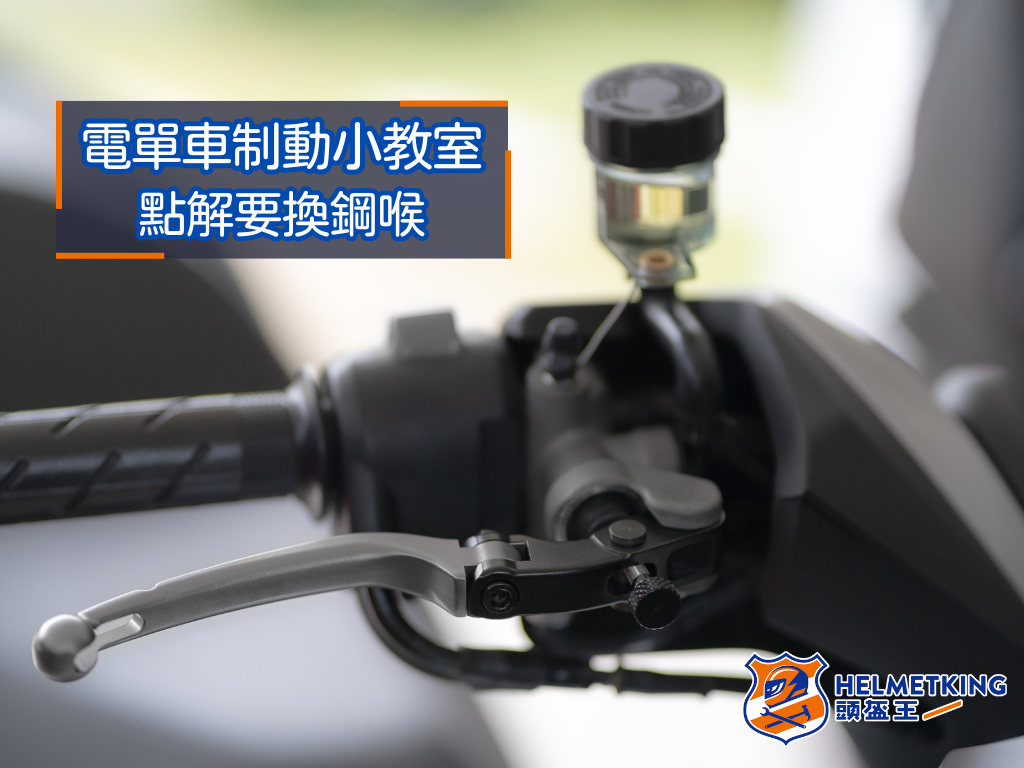
on 2025-10-06
